About the Author

A writer and photographer since 1978, Terry Marsh specialises in the outdoors, the countryside, walking and travel worldwide. He is the author of over 45 books, including the award-winning Cicerone guides to the Northern Coast to Coast Walk (1994) and the Shropshire Way (1999), as well as guidebooks to the Pennine Way, the Severn Way and the West Highland Way.
Terry has a particular interest in Cumbria and the Lake District, the Yorkshire Dales, Lancashire, the Peak District, the Scottish Islands (especially the Isle of Skye) and the Isle of Man. He is a Fellow of the Royal Geographical Society (FRGS) and of the Society of Antiquaries of Scotland (FSA Scot), and a Member of the Society of Authors, MENSA, the NUJ and the Outdoor Writers Guild.
Terry is also interested in France, Australia, food and wine.
Other Cicerone guides by the author
A Northern Coast to Caoast
The Isle of Man
The Isle of Skye
The Shropshire Way
The West Highland Way
Walking in the Forest of Bowland and Pendle
Walking on the West Pennine Moors
Terry Marsh 1992, 2005
First published 1992
Second edition 2005, Reprinted 2008, 2009 with updates
ISBN-13: 978 1 85284 464 6
ISBN-10: 1 85284 464 7
A catalogue record for this book is available from the British Library.
Photos by the author.
Printed by KHL Printing, Singapore
 This product includes mapping data licensed from Ordnance Survey with the permission of the Controller of Her Majestys Stationery Office. Crown copyright 2003. All rights reserved. Licence number PU100012932
This product includes mapping data licensed from Ordnance Survey with the permission of the Controller of Her Majestys Stationery Office. Crown copyright 2003. All rights reserved. Licence number PU100012932
Front cover: Views from the Dales Way near Staveley
Acknowledgements
My gratitude to all the folk who helped when I worked on the first edition of this book has not diminished with the passage of time. But now I have more people to thank: David Smith of the Dales Way Association, Sarah Nicholson (communications officer) and Karen Griffiths (interpretation officer) with the Yorkshire Dales National Park Authority, and my wife Vivienne (who walked the whole route with me) not to mention Teal, our lab-spaniel, who vaulted every stile along the way and, being a frustrated trout, sampled every stream and river until finally she could swim with the ducks in Lake Windermere. Alas, Jumbo, mentioned in the first edition, died a few years ago. He belonged to my friend Ron and was a great companion wherever we walked. Jumbo lies buried somewhere on Binsey, his favourite walking ground.
Terry Marsh
Advice to Readers
Readers are advised that, while every effort is made by our authors to ensure the accuracy of guidebooks as they go to print, changes can occur during the lifetime of an edition. Please check Updates on this books page on the Cicerone website ( or by post to Cicerone, 2 Police Square, Milnthorpe LA7 7PY, United Kingdom.


Ascending the track beside Gap Manor, Dentdale
INTRODUCTION
It is 13 years since I worked on the first edition of this guidebook, although in the meantime I have rewalked many sections of the Dales Way while working on other projects. The enchantment I experienced during that first effort has reduced not one iota the Dales Way is every bit as beautiful and charming and agreeable as ever it was. In some ways, because odd kinks have been ironed out and some passages improved, the entire route is rather better than it was, though on the whole little has changed. This still ranks as the finest multi-day walking route in Britain on which to cut ones teeth in my opinion, anyway, and I have tried a good number of them now.
The Dales Way is a monument to cooperation between the Countryside Commission and the West Riding group of the Ramblers Association. With commendable vision it was this arm of the RA that in the late 1960s foresaw the unquestionable appeal of a fine line through the valleys of the Dales and across the watershed of Britain into Cumbria, finally dropping to an abrupt end on the shores of the countrys largest lake, Windermere. By pressing on to Windermere, the originators of the way effectively and most attractively linked two of the countrys major national parks.

The Wharfe at Linton with Linton church in the distance
The nature of the countryside through which the Dales Way passes is such that this is a far less demanding walk than other middle- and long-distance paths, and for that reason alone is suited to walkers wanting either to complete the walk in sections, returning weekend after weekend until the whole route is covered, or those who want to tackle a multiple day walk for the first time. That is not to say that the Dales Way is any kind of soft option: adverse weather while crossing between Cam Houses and Dentdale, for example, would test the most experienced walkers, and there are many sections where the conditions underfoot are potentially treacherous. But you are seldom far from help or shelter, while the discomforts and privations one generally associates with long backpacking trips are unlikely to prove a burden for long.
There is no question but that over the years of the Dales Ways existence it has significantly helped the local economies along its length, and many isolated farmhouses will now gladly furnish walkers with a range of facilities. But it should not be forgotten that we need to respect property and privacy, especially at times of the year critical to the welfare of the farming economy. In particular, take great care during lambing time between March and May (sometimes a little earlier), when dogs must be under the tightest of controls. From May into summer many of the seemingly lush meadows, alongside the rivers in particular, provide a vital hay crop for the hill farmer. Where the way goes through such fields, do make a point of travelling in single file to avoid damage. It may be grass to us, but it is part of a livelihood to a farmer. Towards the end of the year, from mid-August, we have the grouse-shooting season, and while this doesnt often affect the Way, there are stretches where shooting does take place, on the flanks of Blea Moor, for example. Wherever shooting is going on, do take great care and ensure that you are seen.
One of the great attractions of the Dales Way is that it is rarely far from features of architectural, social, ecological or historic interest churches, bridges, manor houses, shooting lodges, Roman roads, ancient stone circles, packhorse bridges, suspension bridges, viaducts, nature trails the Dales Way has them all. It is, too, rich in flora and fauna, unbelievably so, and walkers intending to tackle the way in one go would do well to allow time each day to take everything in, rather than barging on, head down, making for the next overnight halt. The interest never lets up, from the first step to the last. This surely is a hallmark of the greatest of walks, and in the case of the Dales Way, a fitting testimony to the skill and vision of the men and women who pioneered its route.


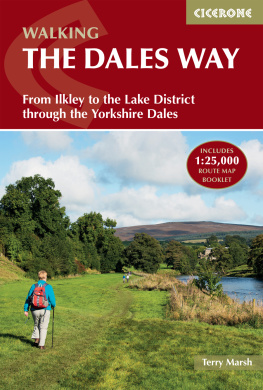
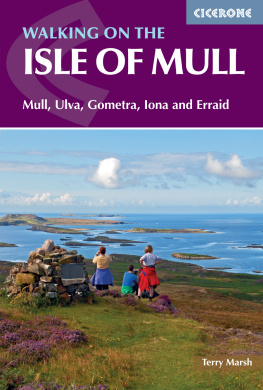
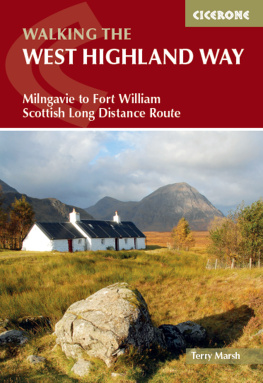

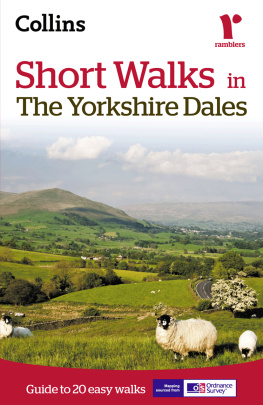
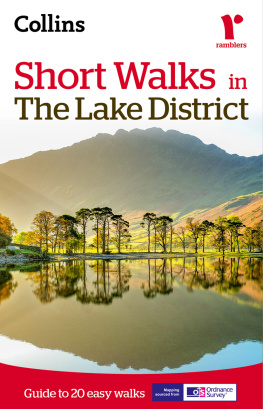
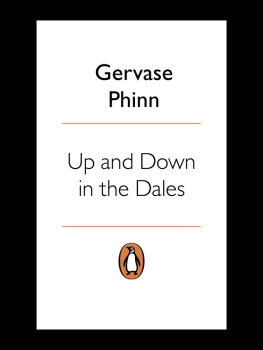
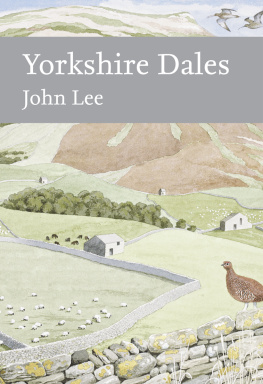
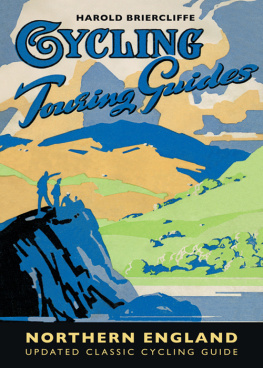

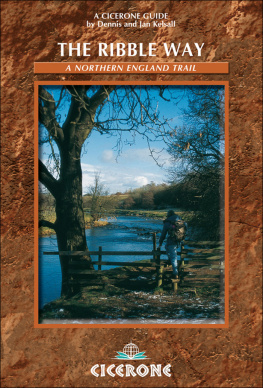




 This product includes mapping data licensed from Ordnance Survey with the permission of the Controller of Her Majestys Stationery Office. Crown copyright 2003. All rights reserved. Licence number PU100012932
This product includes mapping data licensed from Ordnance Survey with the permission of the Controller of Her Majestys Stationery Office. Crown copyright 2003. All rights reserved. Licence number PU100012932

